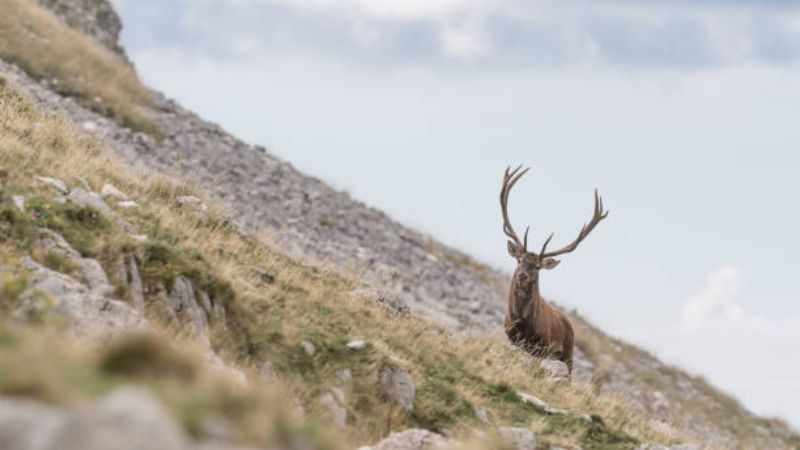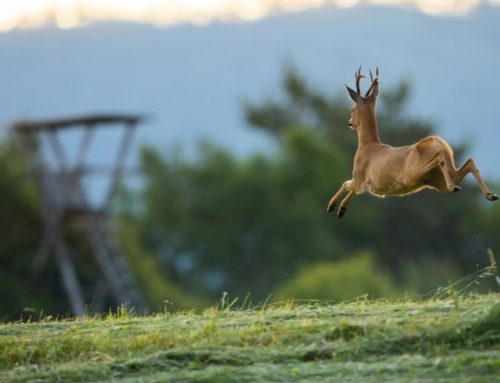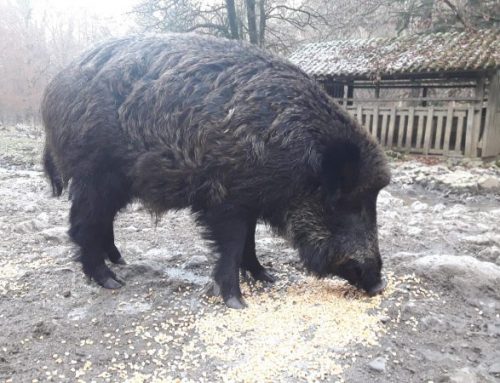There is a hidden land in Italy, nestled between misty valleys and ancient ridgelines, where the bond between man and nature remains intact.
This land, part of the former Duchy of Modena and Reggio, is a sanctuary where time slows down to match the rhythm of the forest. It is here, in the serene embrace of the northern Apennines, that one can still encounter the majestic red stag, one of the most iconic and revered species in European wildlife.
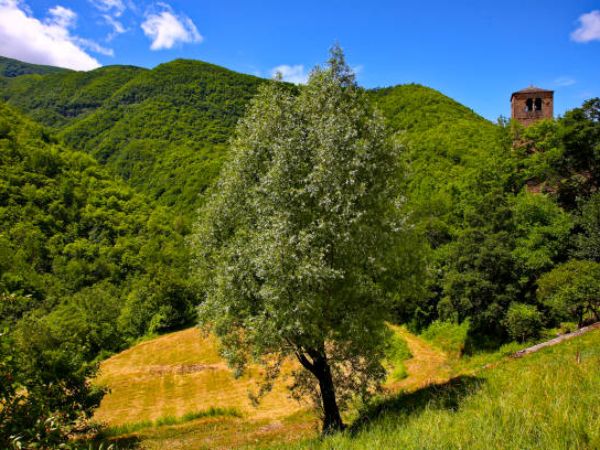
Red stag hunting in these lands is a profound and meaningful experience. Governed by strict conservation laws, it is an activity based not on impulse, but on ethics, patience, and observation. In Italy, hunting the red stag during the rut is forbidden. Instead, a true hunter must engage in the ancient art of the cerca — the silent search — and only later, and only from a legal stand or blind, may a carefully selected stag be taken. It is a journey of study, discipline, and deep respect for this noble animal.
The Apennine red stag: morphology, majesty, and presence
The Apennine red stag (Cervus elaphus) is a proud subspecies of red deer, perfectly adapted to the steep, forested terrain of central and northern Italy. Morphologically, the red stag is an imposing figure. Males can weigh from 180 to 240 kilograms, with muscular frames, elongated necks, deep chests, and long, powerful limbs that allow them to move with agility through mountain terrain.
The coat of the red stag changes with the seasons — a reddish-brown in summer, which darkens and grays in winter, blending perfectly with the forest’s seasonal hues. The iconic white rump patch, bordered by a darker ring, becomes most visible when the animal flees, a last glimpse of wild grace vanishing into the trees.
But it is the antlers, or palchi, that define the red stag’s mythic image. These bone structures are shed and regrown annually. During spring and early summer, the antlers grow under a soft velvet layer rich in blood vessels. When fully developed, the velvet dries and is rubbed off against tree trunks — a process that leaves behind the tell-tale marks hunters look for during the cerca.
A mature Apennine red stag can carry a rack with 10 to 16 tines, often wide, heavy, and symmetrical — a sign of good genetics and age. These antlers are not just trophies, but symbols of the animal’s strength and wisdom, and for hunters, represent an earned privilege, never a casual prize.
The historic tradition of red stag hunting in Modena and Reggio
The tradition of red stag hunting in this region stretches back to the days of nobility. The House of Este, rulers of the Duchy of Modena and Reggio until the 19th century, practiced hunting as an art — a ceremonial interaction with nature that combined strategy, restraint, and reverence.
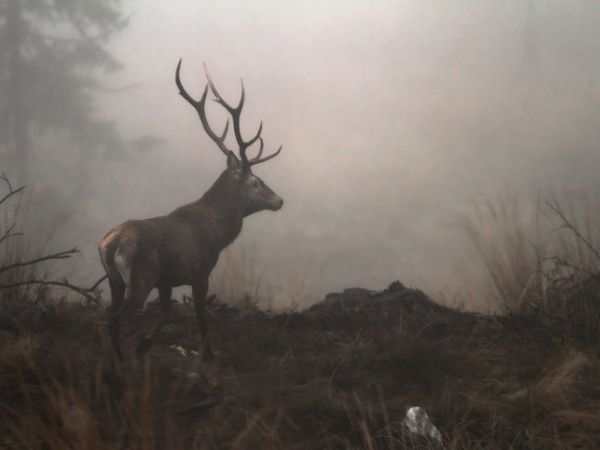
Historical archives record organized hunts with red deer, wild boar, and roe deer in the ducal forests. Guests from European courts were hosted for grand hunts, followed by banquets. Yet even in those times, the act of hunting the red stag was deeply regulated by custom and informed by an understanding of natural balance — values that survive in modern Italian wildlife management.
Today’s red stag hunters walk in the footsteps of dukes and woodsmen, guided not by extravagance but by a timeless commitment to the forest and its most noble resident.
The Apennines: where red stag and hunter meet
The northern Apennines offer the perfect setting for ethical, immersive red stag hunting. These are not open fields, but dense forests where ridgelines rise sharply, mist lingers into late morning, and silence reigns. The land varies from beech and chestnut groves to alpine pastures and steep valleys, offering ideal habitat for red stags and their herds.
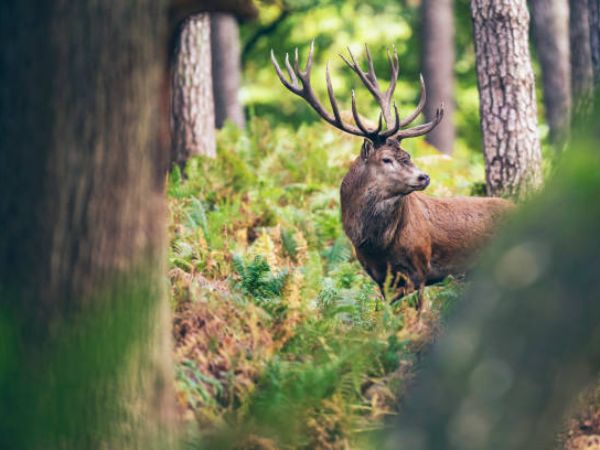
From the high peaks of Monte Cusna to the deep valleys of Frassinoro and Val Dragone, every part of this landscape speaks the language of wilderness. Red deer are not alone here — foxes, wild boar, badgers, and wolves also roam these woods, creating a complex and vibrant ecosystem.
For the hunter, the forest demands humility. Every step must be calculated, every movement thoughtful. One does not dominate this land — one participates in it, learning its rhythms, honoring its rules.
Red stag hunting begins with the search: la cerca
In Italy, red stag hunting is preceded by a long, detailed, and respectful observation process known as la cerca. It is during this phase that the hunter studies animal behavior, tracks movement, and chooses the right location for a legal stand or blind.
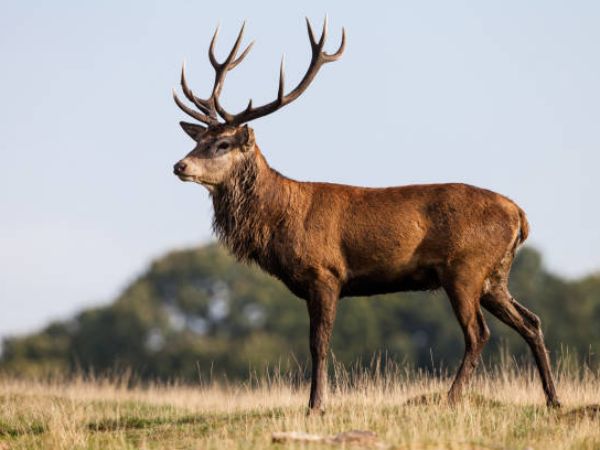
During the rutting season in early autumn, the forest echoes with the haunting bramito — the deep roar of the red stag, announcing his strength and dominance. Though hunting is forbidden during this period, it is the best time to locate and identify mature stags, study their movements, and plan for a later opportunity.
Signs left behind — antler rubs, footprints, bedding spots, droppings — all help to build a picture of the stag’s habits. It is a game of patience and attention, of tracking through fog and frost, of watching without disturbing.
A day in the Apennines: red stag hunting in real time
Before sunrise: preparation and climb
Long before dawn, the hunter and guide begin the ascent. A distant ridge has shown signs — rubs and tracks — of a red stag’s recent presence. The air is biting cold, and the only sound is the quiet tread of boots on frosted leaves. The mountain demands silence.
They arrive at a vantage point and wait. The binoculars scan the slopes. No movement today — but the signs are promising. They mark the spot. It is a likely feeding ground.
Afternoon: waiting in stillness
They return before dusk, to a natural blind crafted days earlier between two ancient oaks. The sun dips low. The air turns golden. Around 17:45, three hinds emerge. Then, from the shadow, the red stag.
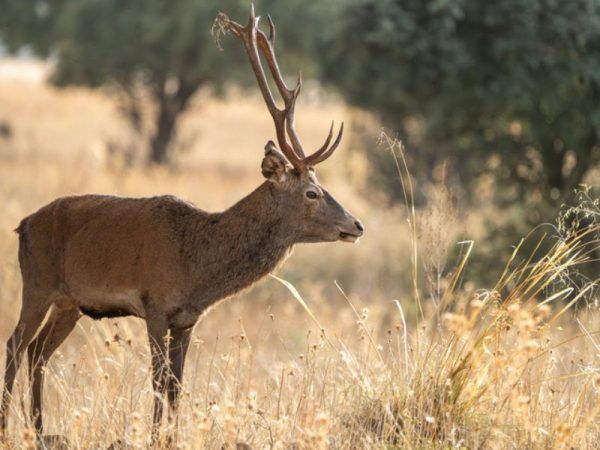
He is old, proud. His antlers are thick and irregular, his frame still powerful. The decision has already been made: this is the animal selected by the culling plan. The hunter breathes slowly. The moment is perfect. The shot is true.
Evening: homage to the red stag
They approach the fallen stag in silence. The guide gently places a sprig between the animal’s lips — l’ultimo pasto, the final meal. A centuries-old tradition that honors the animal’s spirit and life. The hunter kneels in respect. Around them, the forest watches. Nothing more needs to be said.
Why red stag hunting in Italy is an experience like no other
To hunt the red stag in the Apennines is to accept a challenge not of marksmanship, but of discipline, ethics, and understanding. The hunt may take days, with no guaranteed result. It requires endurance, knowledge of the forest, and a true hunter’s heart.
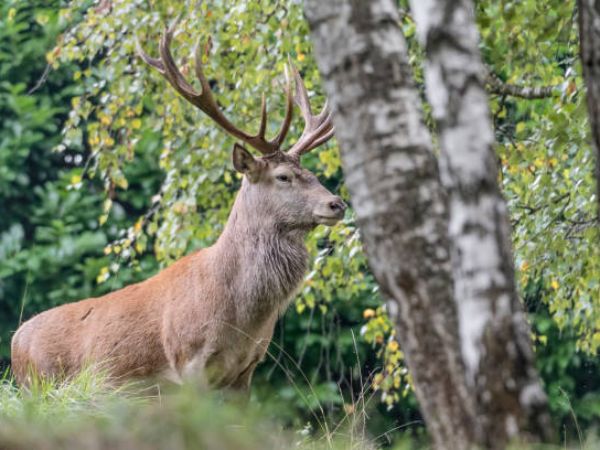
The true reward is not the antlers, though they are magnificent. It is the memory of the search, the silence of dawn, the rhythm of the land, and the deep connection forged between human and wild.
Every hunter leaves this place changed — enriched not only by the experience of hunting the red stag, but by the rare privilege of participating in a story that stretches across centuries.

